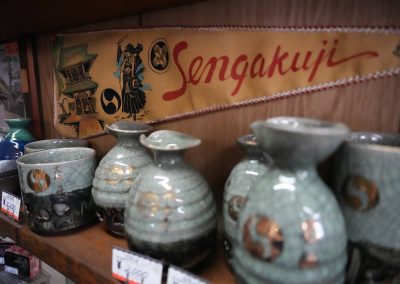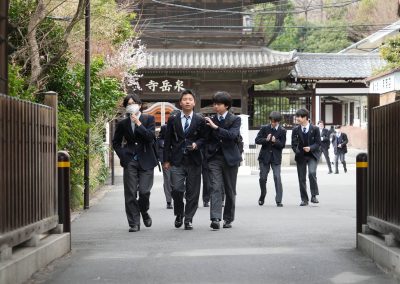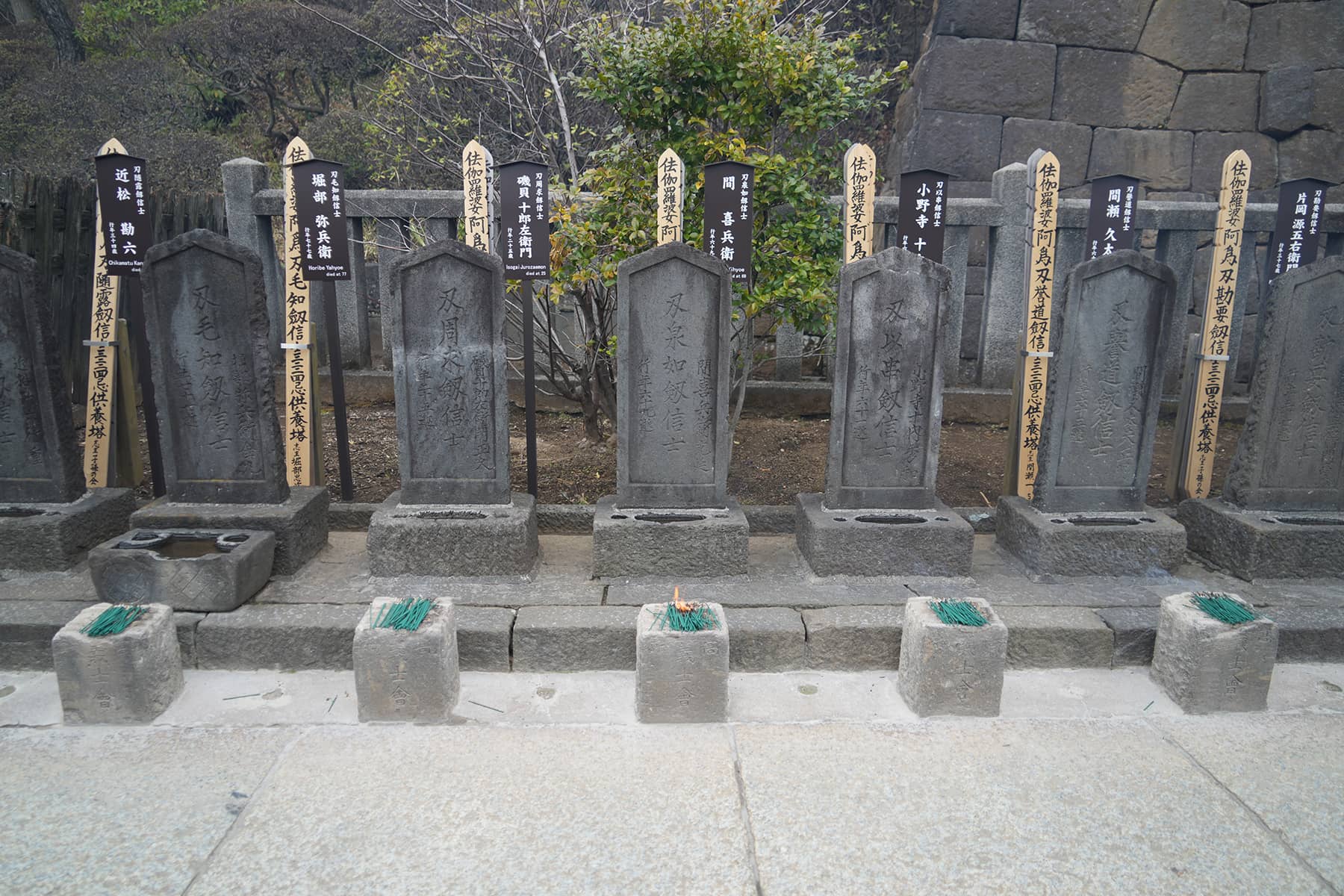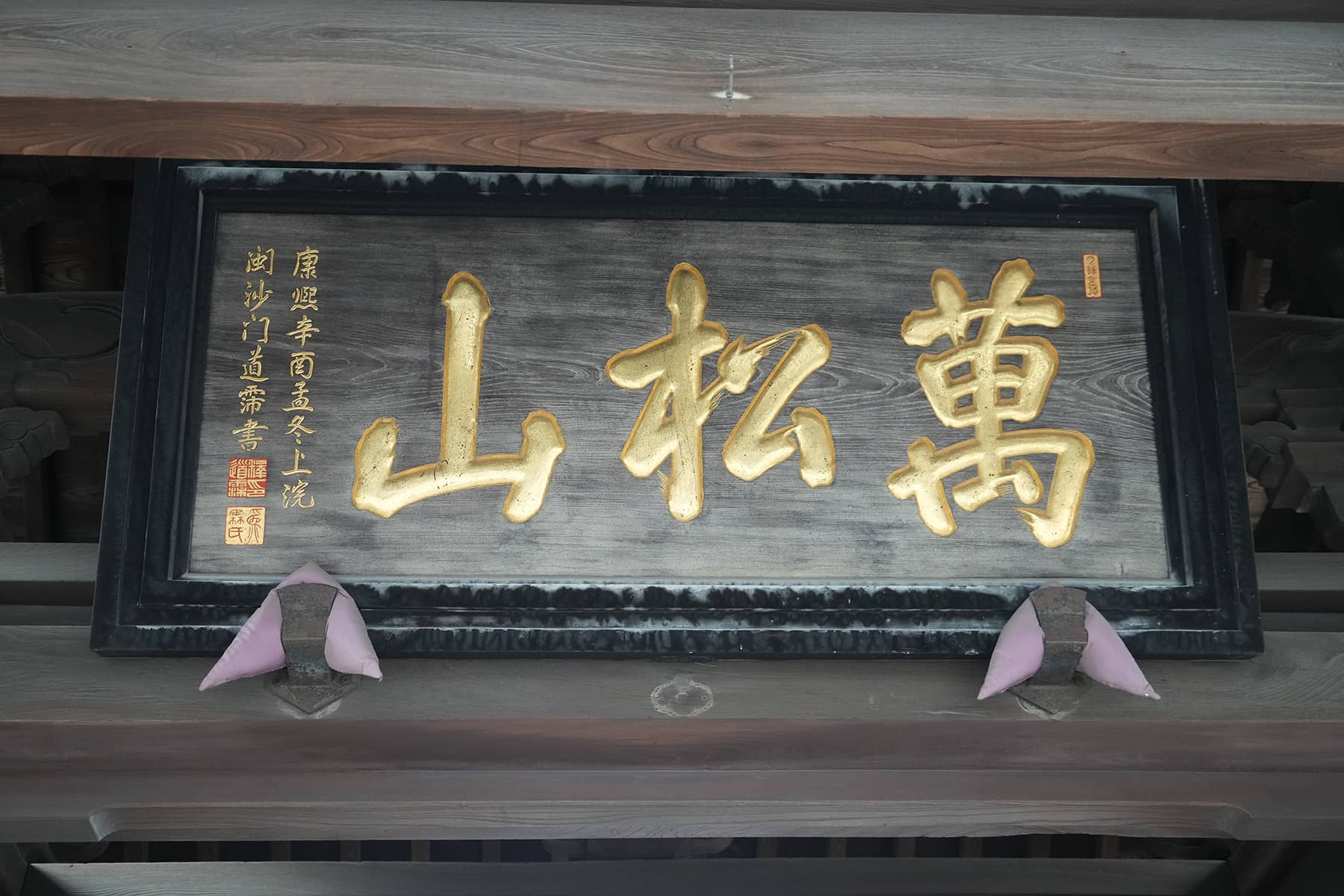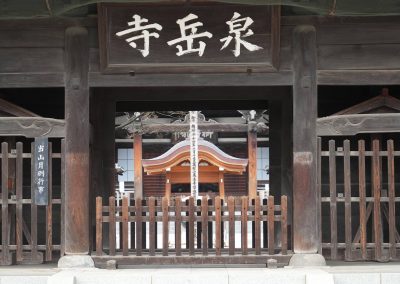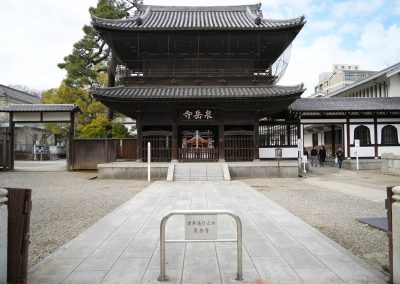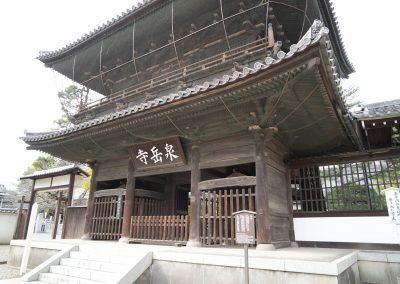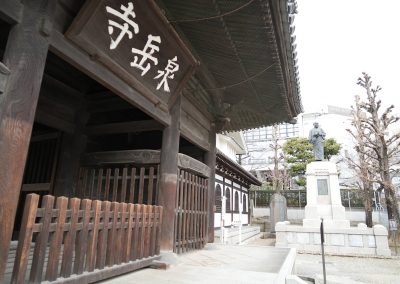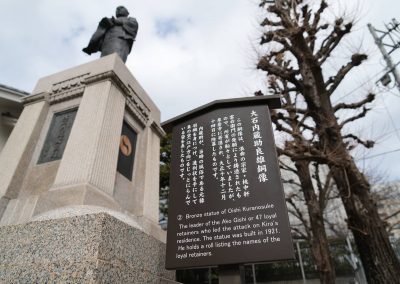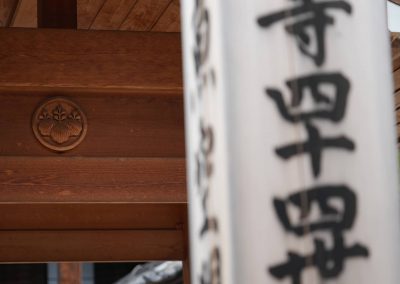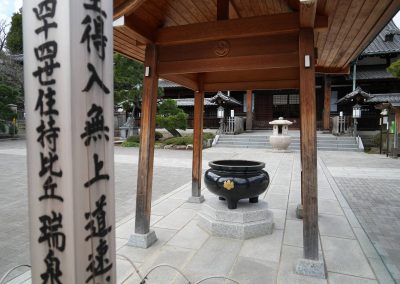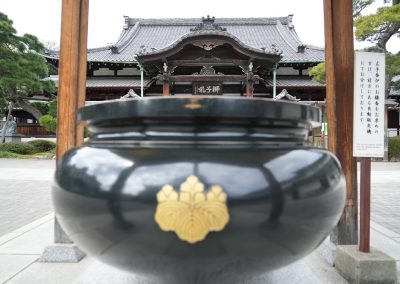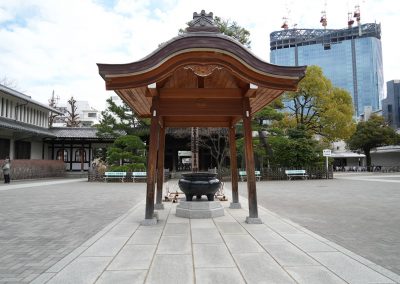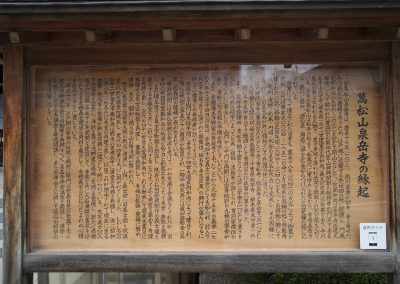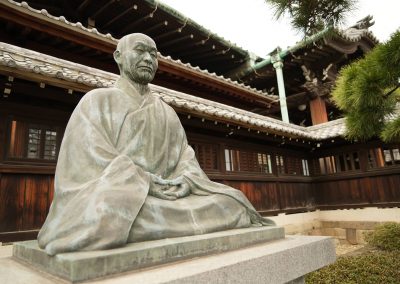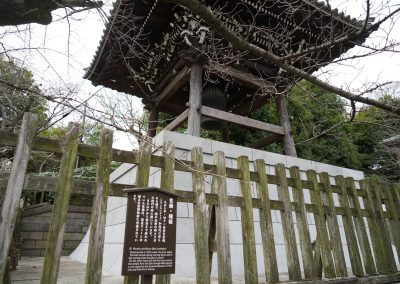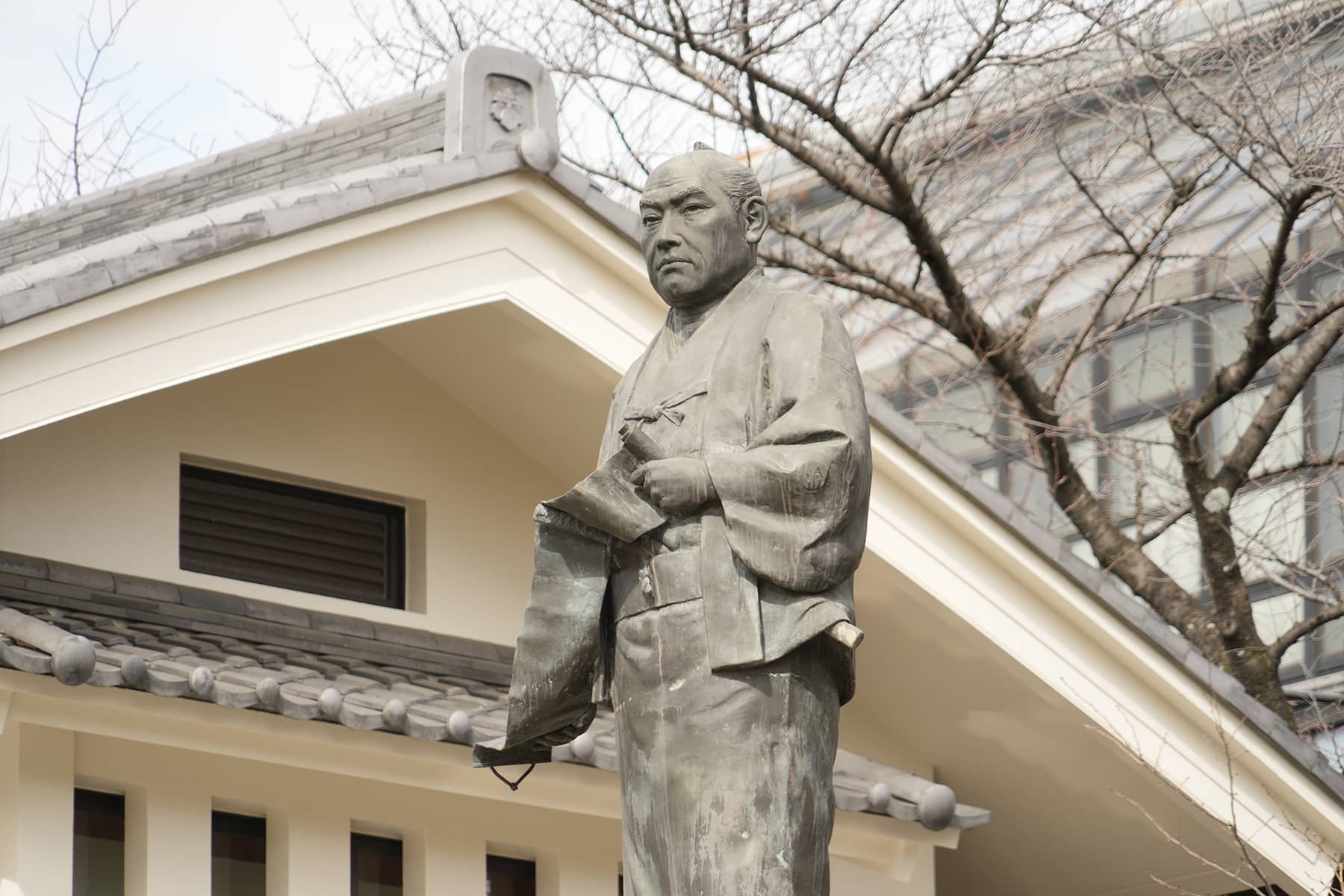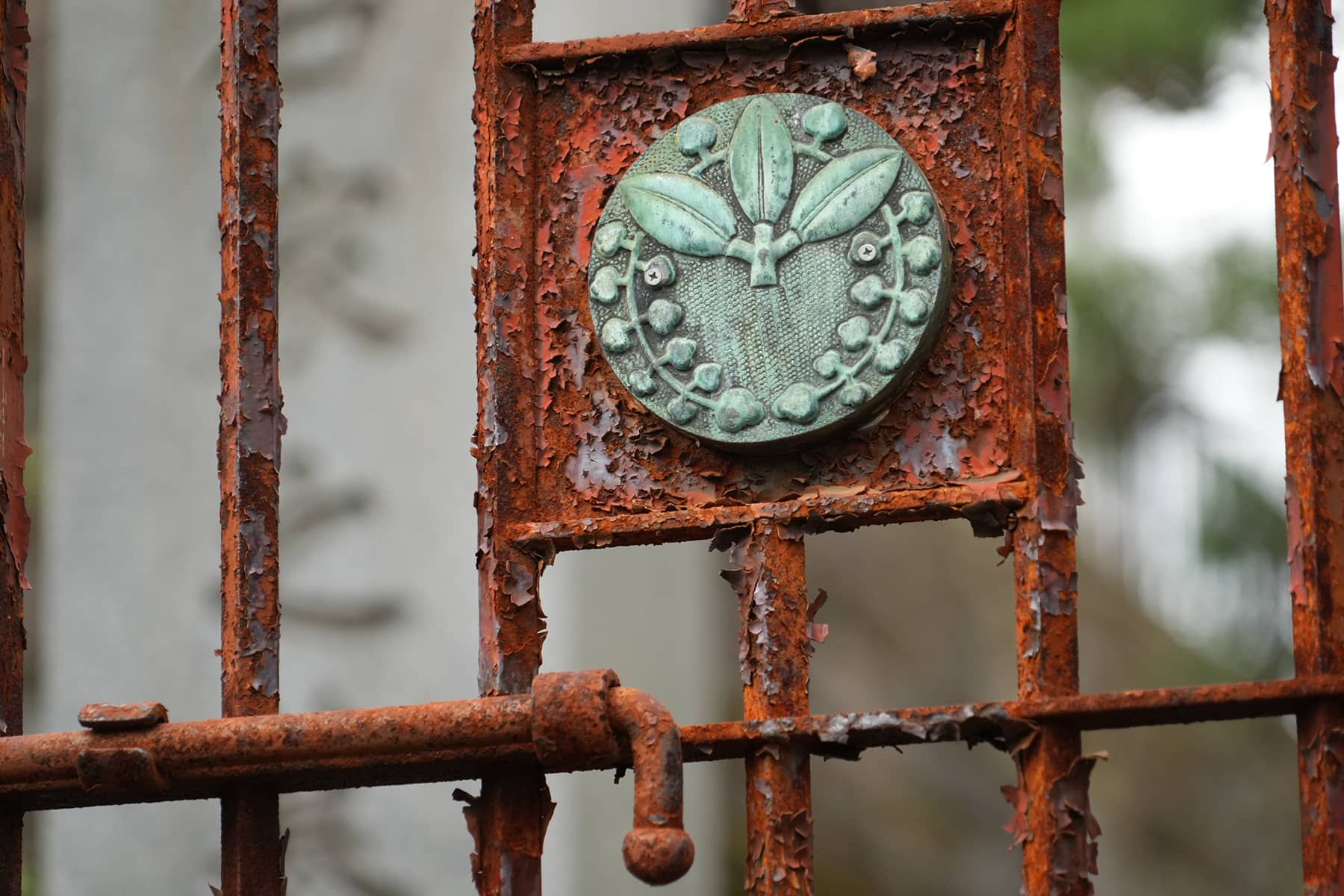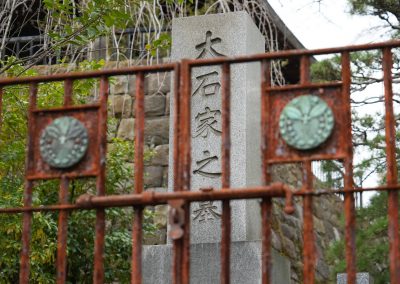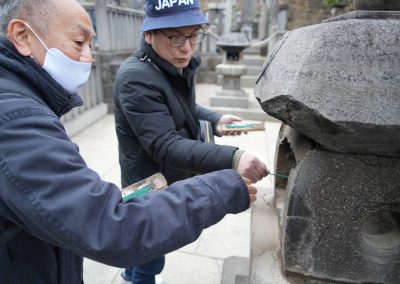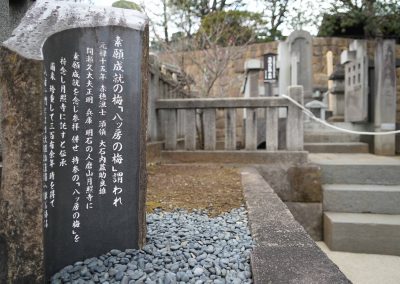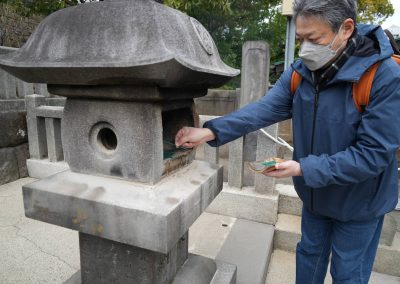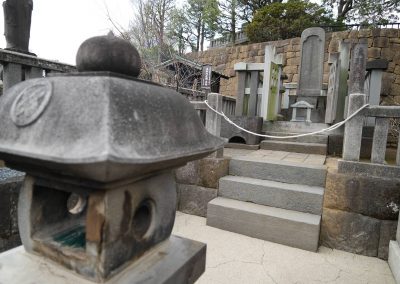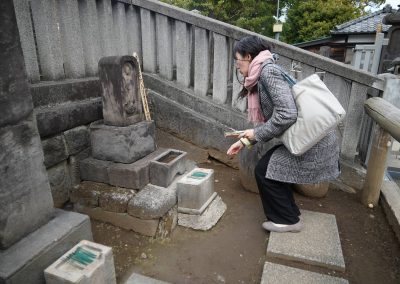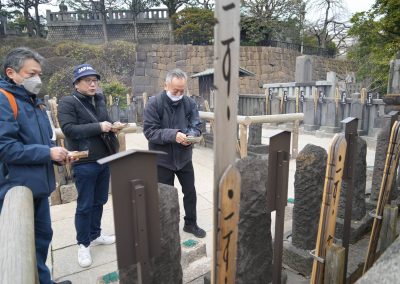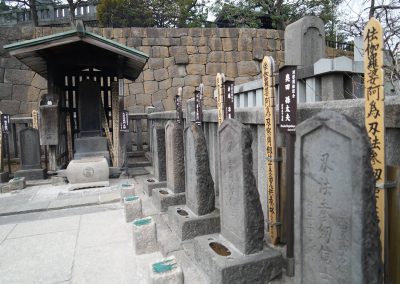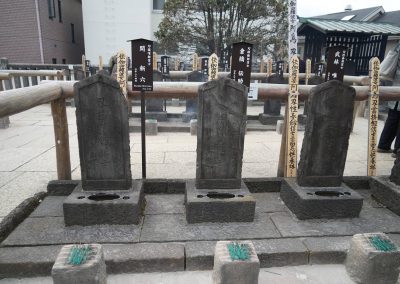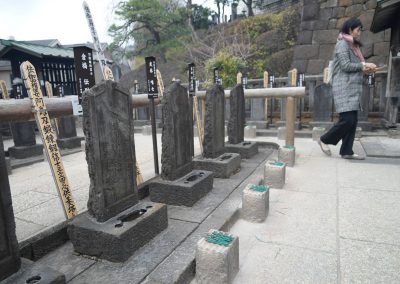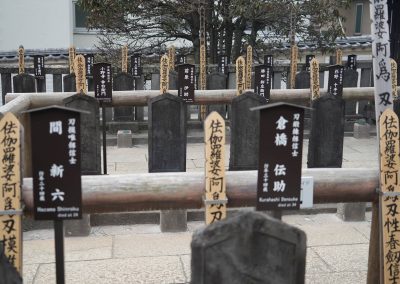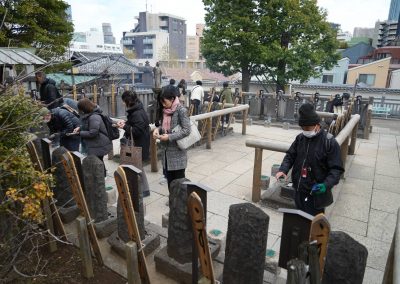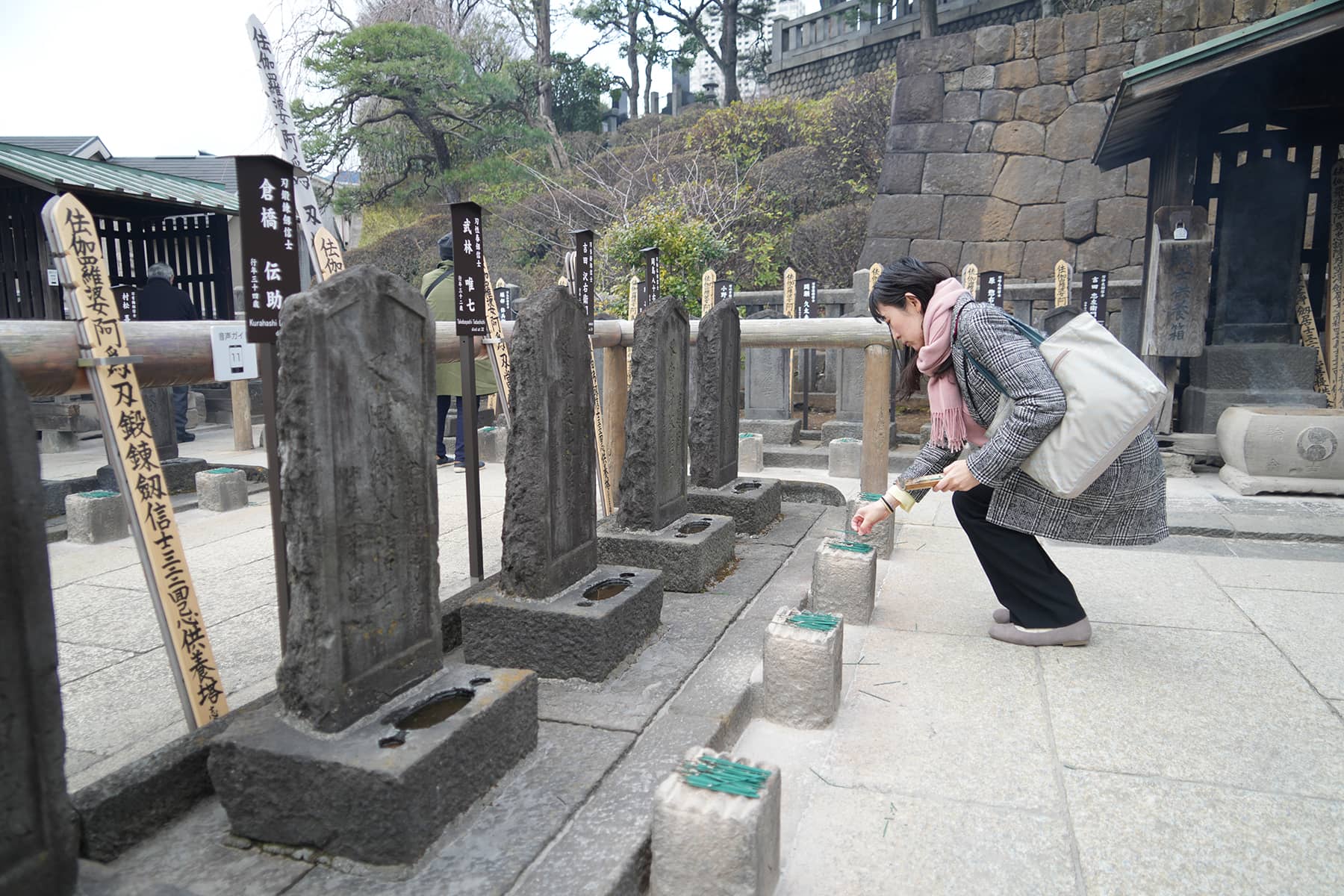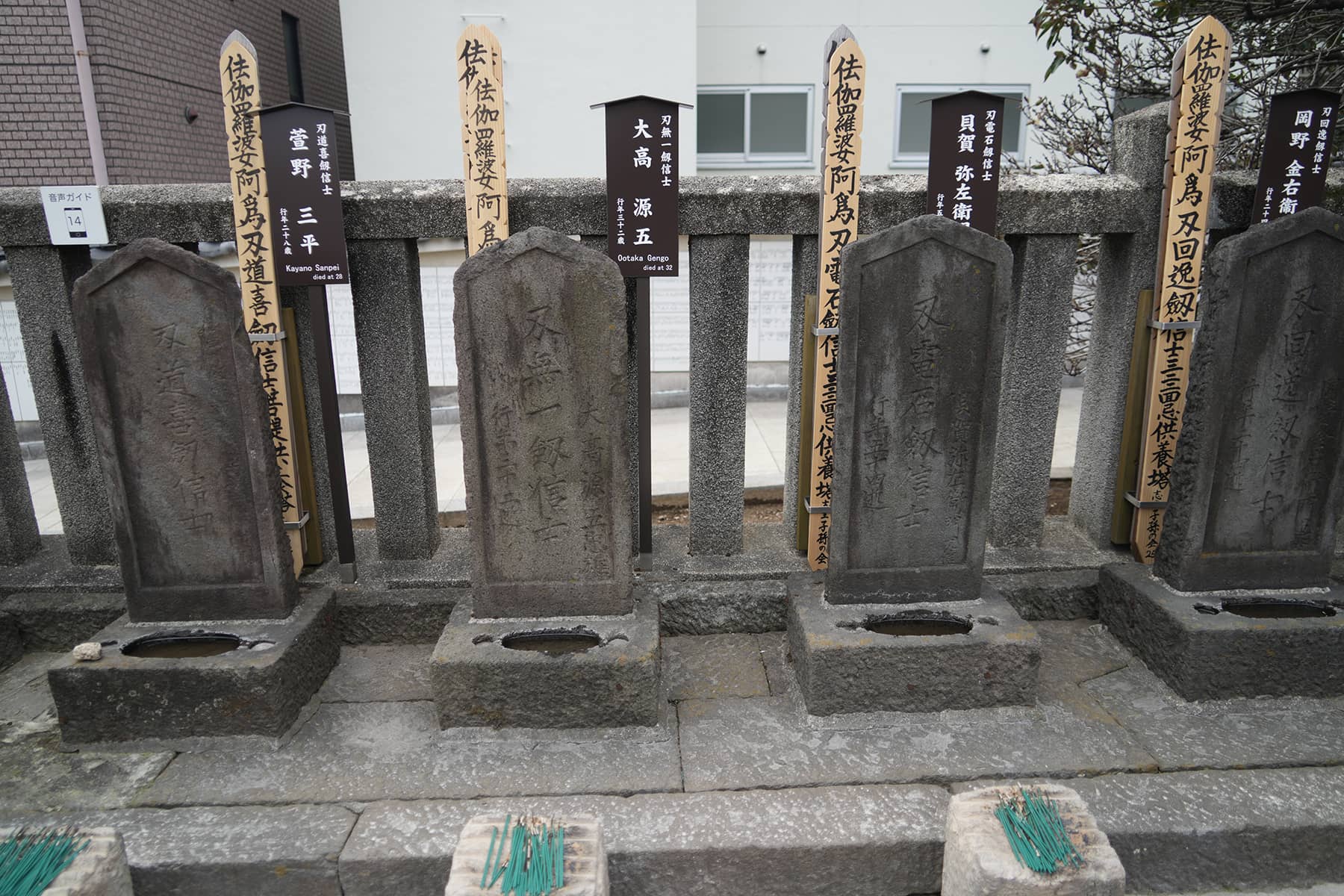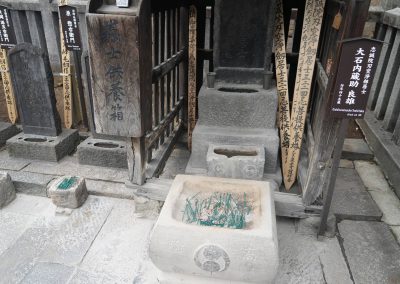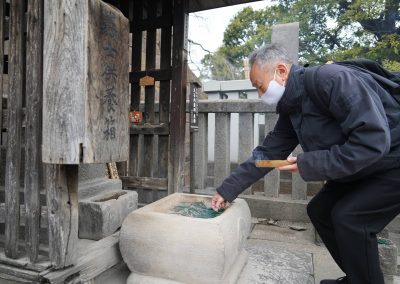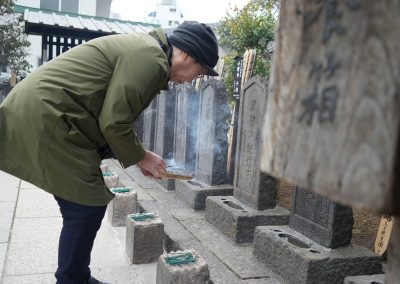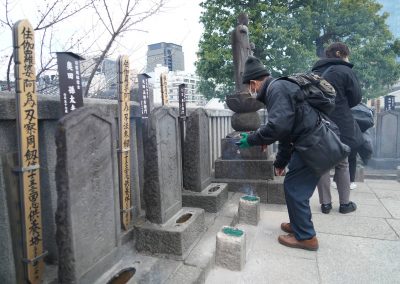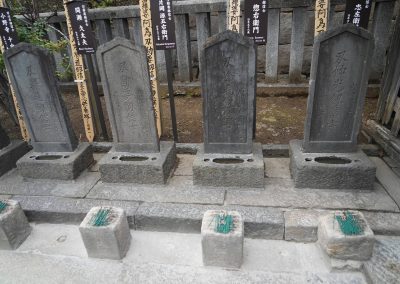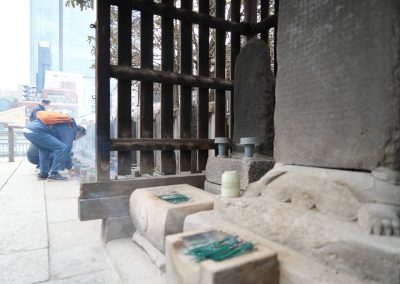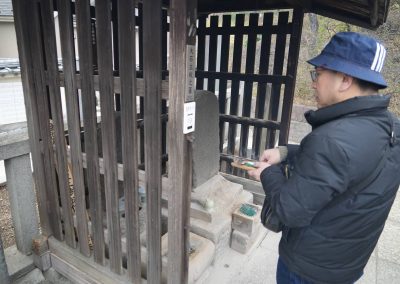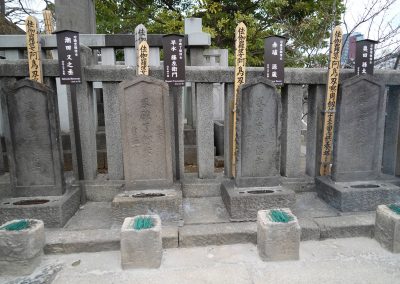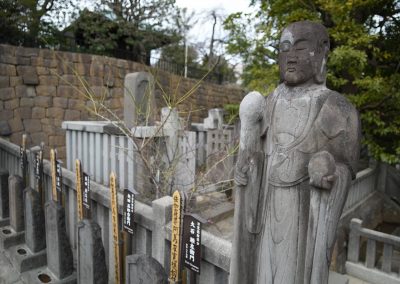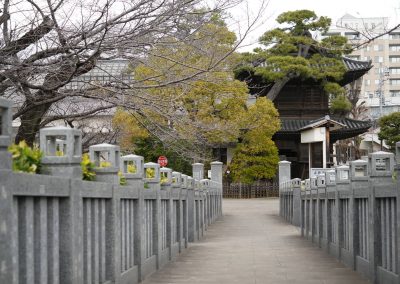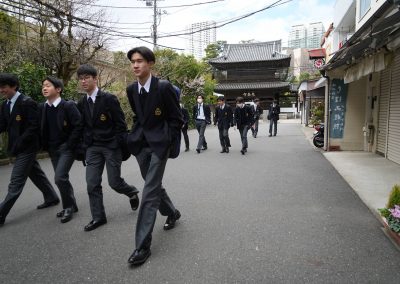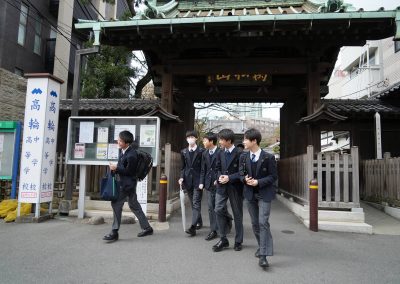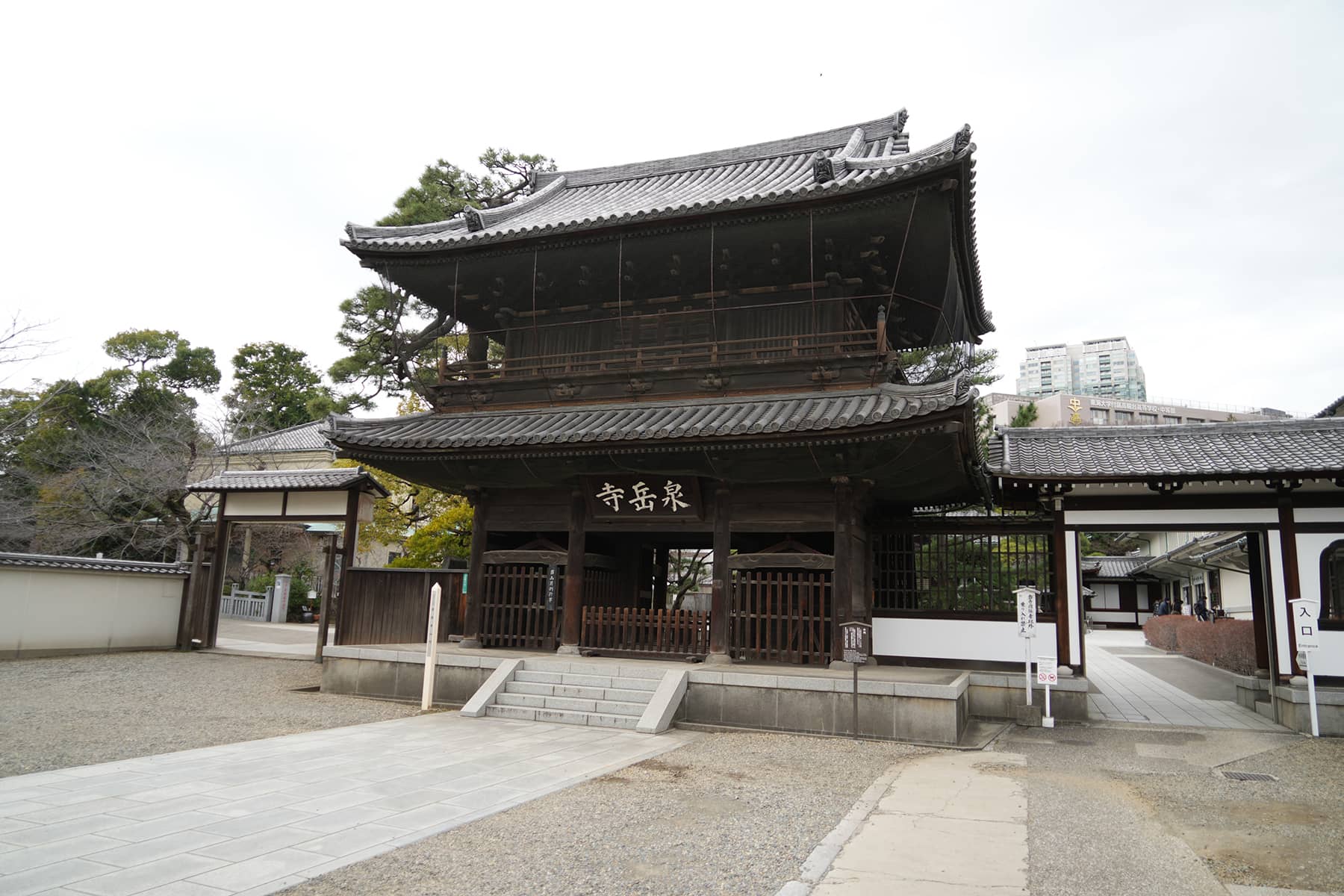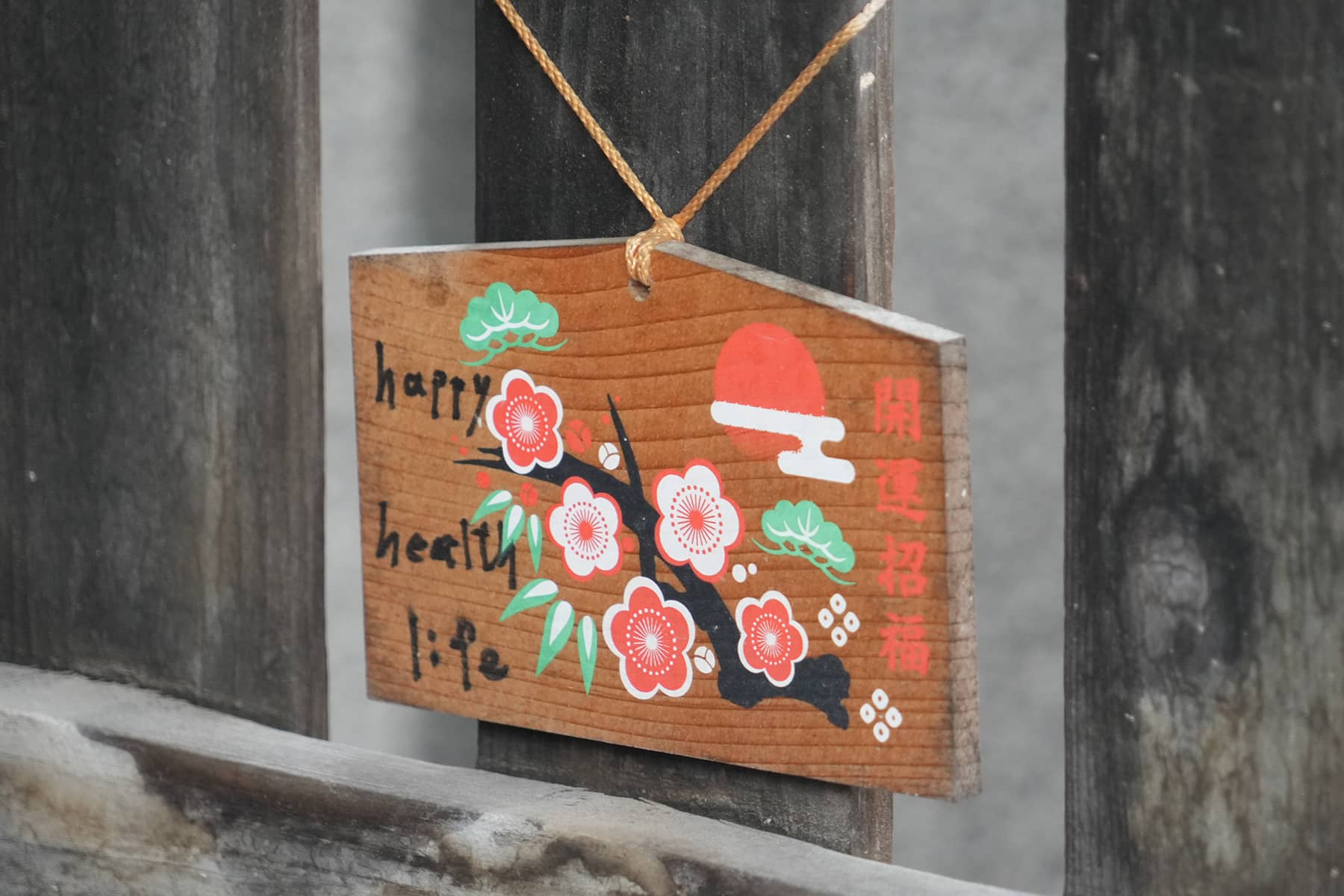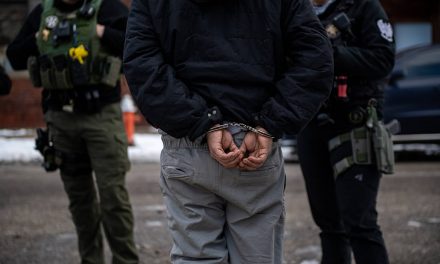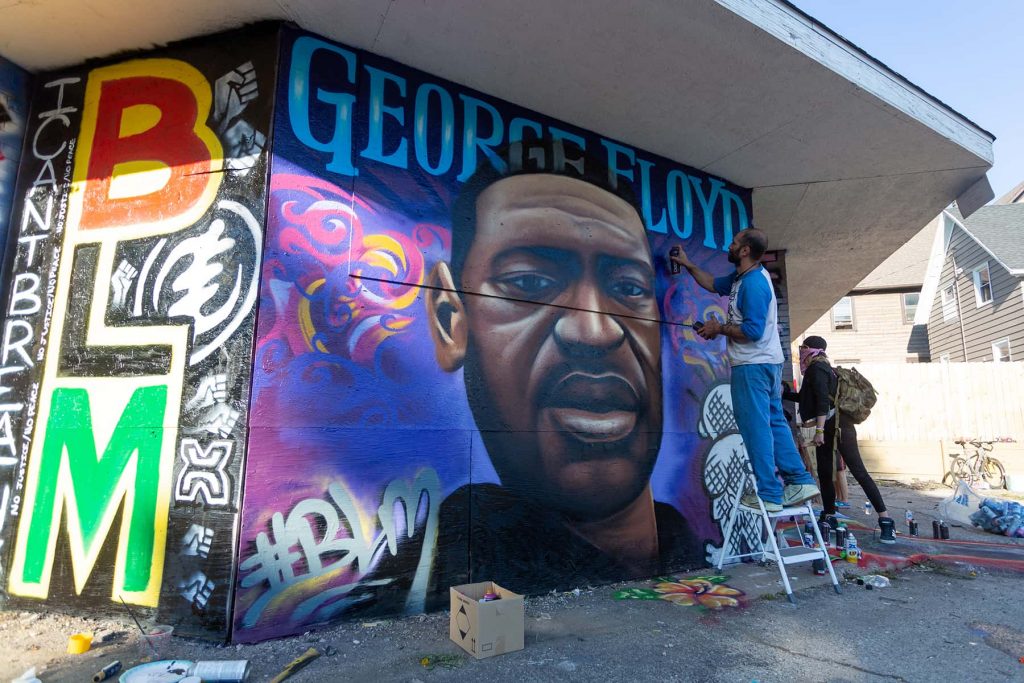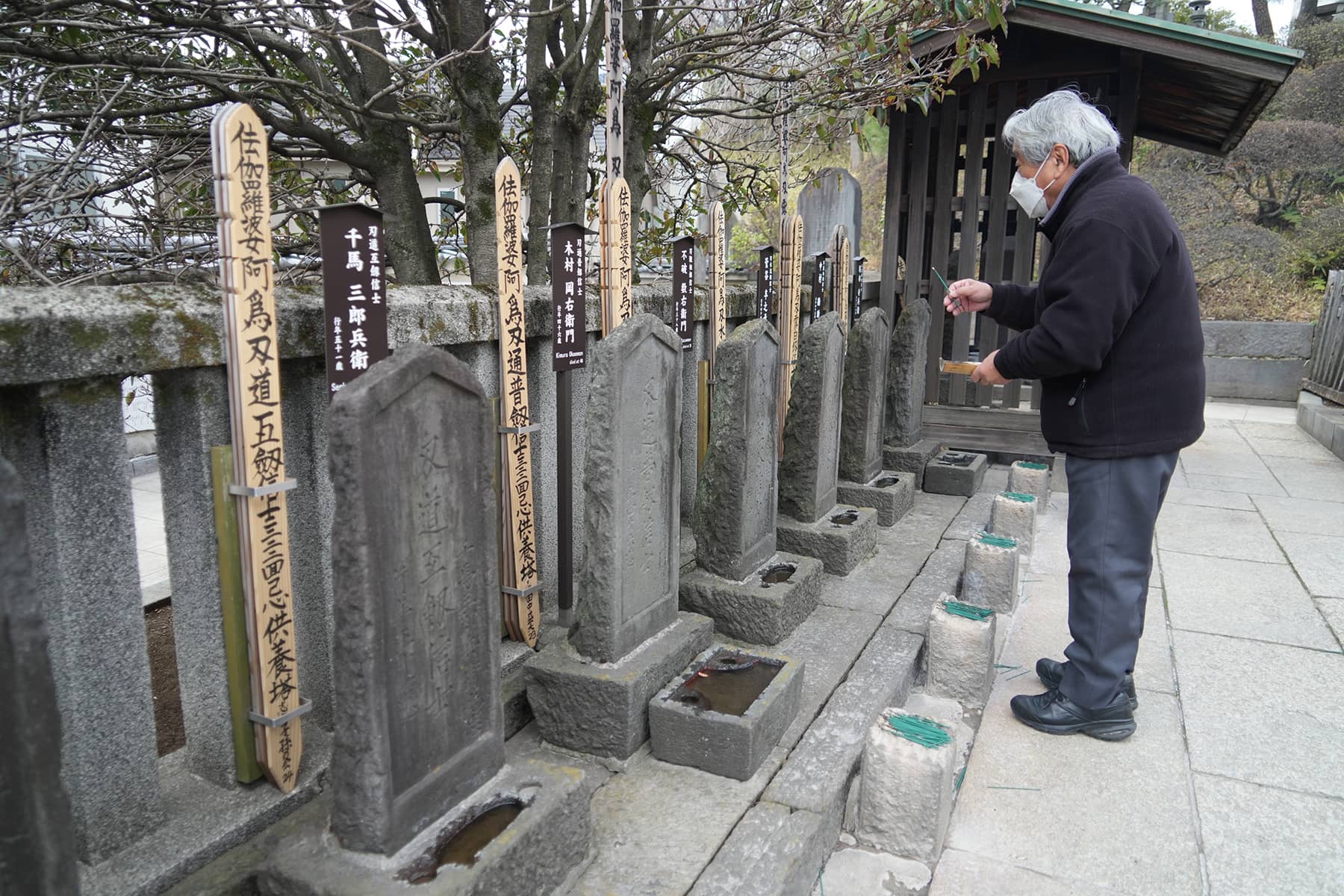
Nestled among modern buildings in the heart of Tokyo stands the ancient Sengakuji Temple, a site of profound significance in samurai culture. Known as the final resting place of the 47 Ronin, one of Japan’s most celebrated tales of loyalty, honor, and revenge, Sengakuji attracts visitors from across the globe, drawn by the timeless stories it preserves.
The story of the 47 Ronin, also known as the Ako Incident, dates back to the early 18th century. It revolves around a group of samurai left leaderless, and becoming “ronin,” after their lord, Asano Naganori was compelled to commit seppuku – ritual suicide – for assaulting a court official named Kira Yoshinaka.
Vowing to avenge their master’s honor, the ronin meticulously planned and executed a raid on Kira’s mansion, ultimately taking his life. Following their act of loyalty and vengeance, they turned themselves in and were subsequently ordered to commit seppuku.
This act of ultimate fidelity to their dead lord and adherence to the bushido code has immortalized the 47 Ronin in Japanese culture, setting a standard for loyalty and symbolizing the virtues of sacrifice and honor that define the samurai ethos.
The story of the 47 ronin excited the Japanese imagination, appearing in Japanese literature, theater, and modern film. It is better known in popular culture as “Chūshingura,” the title given to fictionalized accounts because censorship laws of the shogunate during the Genroku era forbade the portrayal of current events.
The 1962 motion picture “Chūshingura: Hana no Maki, Yuki no Maki” featured legendary actor Toshiro Mifune.
Sengakuji Temple was founded in 1612 by Tokugawa Ieyasu, he first Shogun of Edo era. It did not gain prominence in popular culture until it became the burial site of the 47 Ronin in 1703. The temple evolved to feature their graves, a museum dedicated to their story, and statues commemorating their act of bravery.
Each year on December 14th, Sengakuji Temple observes the Ako Gishi Sai festival. On that day the tale of the 47 Ronin is retold, and ceremonies are conducted to honor their memory. The event draws crowds of history enthusiasts, tourists, and locals, who gather to pay their respects and partake in the ritual activities.
The legend of the 47 Ronin and Sengakuji Temple’s role in preserving their memory has become a significant draw for cultural and historical tourism in Tokyo. Visitors come not only to pay homage to the legendary samurai but also to immerse themselves in the rich history and traditions that the temple embodies.
The site is well suited to serve as a bridge connecting the past and present, offering insights into the samurai culture and the values that continue to influence Japanese society.
In recent years, the tale of the 47 Ronin has experienced a resurgence in popular culture, further boosting interest in Sengakuji Temple. Films, books, and other media retelling their story have attracted a new generation of visitors eager to explore the historical roots of the enduring legend.
Beyond its appeal to history buffs and samurai enthusiasts, Sengakuji Temple offers a tranquil escape from the bustling city. Its serene environment offers a space for personal reflection.
It represents the power of storytelling in preserving history, educating future generations, and bridging cultural divides.
3.11 Exploring Fukushima
- Journey to Japan: A photojournalist’s diary from the ruins of Tōhoku 13 years later
- Timeline of Tragedy: A look back at the long struggle since Fukushima's 2011 triple disaster
- New Year's Aftershock: Memories of Fukushima fuels concern for recovery in Noto Peninsula
- Lessons for future generations: Memorial Museum in Futaba marks 13 years since 3.11 Disaster
- In Silence and Solidarity: Japan Remembers the thousands lost to earthquake and tsunami in 2011
- Fukushima's Legacy: Condition of melted nuclear reactors still unclear 13 years after disaster
- Seafood Safety: Profits surge as Japanese consumers rally behind Fukushima's fishing industry
- Radioactive Waste: IAEA confirms water discharge from ruined nuclear plant meets safety standards
- Technical Hurdles for TEPCO: Critics question 2051 deadline for decommissioning Fukushima
- In the shadow of silence: Exploring Fukushima's abandoned lands that remain frozen in time
- Spiral Staircase of Life: Tōhoku museums preserve echoes of March 11 for future generations
- Retracing Our Steps: A review of the project that documented nuclear refugees returning home
- Noriko Abe: Continuing a family legacy of hospitality to guide Minamisanriku's recovery
- Voices of Kataribe: Storytellers share personal accounts of earthquake and tsunami in Tōhoku
- Moai of Minamisanriku: How a bond with Chile forged a learning hub for disaster preparedness
- Focus on the Future: Futaba Project aims to rebuild dreams and repopulate its community
- Junko Yagi: Pioneering a grassroots revival of local businesses in rural Onagawa
- Diving into darkness: The story of Yasuo Takamatsu's search for his missing wife
- Solace and Sake: Chūson-ji Temple and Sekinoichi Shuzo share centuries of tradition in Iwate
- Heartbeat of Miyagi: Community center offers space to engage with Sendai's unyielding spirit
- Unseen Scars: Survivors in Tōhoku reflect on more than a decade of trauma, recovery, and hope
- Running into history: The day Milwaukee Independent stumbled upon a marathon in Tokyo
- Roman Kashpur: Ukrainian war hero conquers Tokyo Marathon 2024 with prosthetic leg
- From Rails to Roads: BRT offers flexible transit solutions for disaster-struck communities
- From Snow to Sakura: Japan’s cherry blossom season feels economic impact of climate change
- Potholes on the Manga Road: Ishinomaki and Kamakura navigate the challenges of anime tourism
- The Ako Incident: Honoring the 47 Ronin’s legendary samurai loyalty at Sengakuji Temple
- "Shōgun" Reimagined: Ambitious TV series updates epic historical drama about feudal Japan
- Enchanting Hollywood: Japanese cinema celebrates Oscar wins by Hayao Miyazaki and Godzilla
- Toxic Tourists: Geisha District in Kyoto cracks down on over-zealous visitors with new rules
- Medieval Healing: "The Tale of Genji" offers insight into mysteries of Japanese medicine
- Aesthetic of Wabi-Sabi: Finding beauty and harmony in the unfinished and imperfect
- Riken Yamamoto: Japanese architect wins Pritzker Prize for community-centric designs
MI Staff (Japan)
Lее Mаtz
3.11 Exploring Fukushima: The Tōhoku region of Japan experienced one of the worst natural disasters ever recorded when a powerful earthquake was followed by a massive tsunami, and triggered an unprecedented nuclear crisis in 2011. With a personal connection to the tragedies, Milwaukee Independent returned for the first time in 13 years to attend events commemorating the March 11 anniversary. The purpose of the journalism project included interviews with survivors about their challenges over the past decade, reviews of rebuilt cities that had been washed away by the ocean, and visits to newly opened areas that had been left barren by radiation. This special editorial series offers a detailed look at a situation that will continue to have a daily global impact for generations. mkeind.com/exploringfukushima



